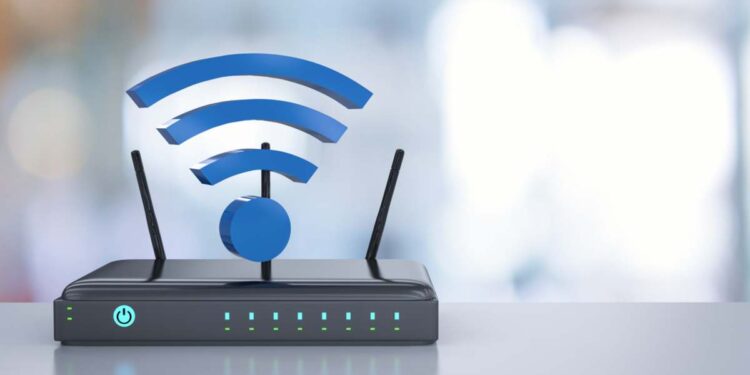Updating a router is an essential task to maintain the security, performance, and compatibility of the home or business network. Although it may seem like a technical and complicated task, if you follow clear and precise steps, this process can be much easier.
Before starting the router firmware update, it is important to prepare the environment to avoid interruptions or problems during the process. The first thing you have to do is identify the router model to know which model and version it is, this information is usually found on the label on the bottom of it.
It is also recommended to connect the router to the computer using an Ethernet cable instead of doing it via WiFi, as this ensures a stable connection during the update. The next step is to download the firmware, which is the internal software that controls the router.
To do this, you must go to the router manufacturer’s website (e.g. TP-Link, Netgear, D-Link) and look for the support or downloads section. Enter the router model and search for the latest firmware. Make sure to download the correct firmware for the specific router model.
The next step is to download the firmware file and save it in an accessible location on the computer. Once here, you must access the router’s configuration interface, and follow these steps:
- Open a web browser
- Enter the router’s IP address: This address is usually something like 192.168.1.1 or 192.168.0.1. The exact address can be found in the router’s manual or on the device’s label.
- Log in: Enter the router’s administrator credentials. If they have not been changed, the default credentials will also be in the router’s manual or on the label.
Once inside the router’s interface, you must follow the process to update the firmware, so look for an administration or system tools section where you will find the firmware update option.
Then use the browse button to select the previously downloaded firmware file and start the update, during this process it is crucial not to turn off the router or interrupt the connection. The update may take several minutes.
Once the update is complete, the router will generally restart automatically, if not, you will have to do it manually and make sure everything is functioning correctly. This way you will be avoiding your router becoming a gateway for cybercriminals.


